|
Sound sculptures, a thought provoking if somewhat macabre photographic exhibition of unclaimed corpses dressed in high fashion, cutting-edge video installations set up in dilapidated warehouses, the sadness of a water journey for a Syrian refugee’s family brought to life in the ‘Sea of Pain’, a water installation, and a dark labyrinth that echoes the voices of exiled poets inside a 40-foot pyramid constructed of cow dung. These are some of the memorable encounters I experienced at the 3rd annual Kochi Biennale held in the coastal state of Kerala in India. Spanning 12 venues and with 97 participating artists from 35 countries, Kochi comes alive with art, performance, talks and workshops. Its spectacular setting in Fort Kochi, a water-bound extension of the mainland, lends the Biennale its unique atmosphere. The Kerala region has been a trading centre and a melting pot for centuries, with seafarers from Arabia, China and Europe seeking the spices that Kerala was famed for. Fort Kochi’s amalgam of old churches from the Dutch and Portugese period, synagogues, forts, trading warehouses, old homes and palaces have been creatively utilized by the organisers to create a special ambience for artists to show their work. The whole aesthetic experience is cleverly tied together with an 88-chapter text of ‘Baroni,’ a novel by Argentinian writer Sergio Chejfec stenciled across the city walls. Since the start of the three-month event in December 2016, there have been 800,000 visitors to the Biennale, according to the organisers. I visited in mid-March in sweltering heat, just as the build up to the final ceremony was starting. As an artist myself, I came away with my conviction strengthened --- art is an essential medium to discover, challenge, and turn on its heads our pre-conceived notions of the world. The theme of the Biennale ‘Forming in the pupil of an Eye’ came to Sadarshan Shetty as the curation process developed. He had initial conversations with Raul Zurita, the Mexican artist, and things organically grew from there. This was Shetty’s first curating experience and he wanted to create a ‘space’ where the artist/curator relationship was symbiotic, “I was merely the facilitator of a shared space,” he told me over lunch at Solar, a café frequented by the Biennale crowd. I asked him how artists were responding to the space, meaning of course the physical space of the Biennale’s setting. “What do you mean by space? Your perception and mine are very different,” Shetty said. Our Biennale guide, Anjali, a student of English from Hyderabad University, emphasised the “interactive” nature of the exhibits and encouraged us to make our own interpretations of the artwork. For me, the potency of the ‘Sea of Pain’ was a fantastic example of this. The viewer is made to wade through an expanse of water, which connects you to the fate of Aylan Kurdi, the three-year old Turkish boy whose body was washed ashore on a sandy beach in Greece after the boat he and his family travelled in capsized. The image of his crumpled and lifeless body washed up on shore shocked the world and humanized the refugee crisis. The dark maze of the Pyramid of the Exiled Poets, by Aleś Śteger, where the whispers of dead and exiled poets is the only sound you hear as you walk single file, claustrophobic and scared in the dark, recreates in you the fear and repression experienced by poets persecuted for speaking their truth. I cannot but mention the incredible 38-minute video installation Inverso Mundus by the Russian artists AES+F shown on a 15 metre screen. A surreal slow-motion film that blurs the lines between reality and fantasy in a topsy-turvy post-industrial world, Inverso Mundus also questions the power dynamics of today’s world, between the sexes, class, generations and even the animal-human relationship. Yet another interactive piece was Turkish artist Ahmet Ogut's "Workers leaving the factory - Version 2.” Two simple Merritt sewing machine on which a television screen replaces the operative part of the sewing machine stands in an open room overlooking the sea. As you pedal the machine, a grainy video of workers walking out in protest from a factory site plays out on the screen. The viewer, in other words, has to labour in order to view a labour force, in this case, in protest. Indian artists have also been featured heavily. P.K. Sadanandan, a mural artist from Kerala, started on a mural in the traditional Kerala style at the opening of the show and completed the 10-metre mural by the closing week. It depicts the pernicious institution of caste, which is still very prevalent in India. I spoke to him when he was on his final strokes, and hoarse from talking to visitors over the last three months. Running alongside the main Biennale are 20 Collateral events, where more international and Indian artists are given the opportunity to show their work. I visited an exhibition by the recently discovered artist Brij Mohan Anand, who came of age in pre-Independent India and was involved with the nationalist and Communist movement. His energetic black and white etchings on subjects such as the futility of war, social oppression, serve to shock the viewer, but are aesthetic in their own right. Roots/Routes, a collaboration of four Pune-based artists portray the individual artist’s journey in mediums as varied as ceramic, video, sculpture and painting.
The ABC (Art by Children) programme engages 5000 children from across 100 schools in Kerala. It provides a platform for children to engage in high quality visual and performance art and will surely ensure that the rich legacy of the Biennale is kept alive and developed through generations to come. The selection process for the curator of the 2018 edition of the Kochi Biennale is already underway. There is talk of a women being chosen but no one knows as yet. What is certain, if Biennale 2016 is a benchmark, is that it is sure to be another exciting and event of global art standards, where boundaries are pushed and fresh perspectives created.
Outside of the formal Biennale experience, or indeed as a ‘collateral’ experience, there is a plethora of things to do and see, and fantastic places to eat and stay. It is easily accessed from the international airport at Kochi, and getting around by taxi or autorickshaw is easy for first-timers. An overnight houseboat trip on the beautiful Kerala backwaters is highly recommended and can be combined with your visit to the Biennale. To fully immerse yourself in Biennale, allow yourself a week to visit. To avoid disappointment, book early and stay at Secret Garden, a fantastic, reasonably priced boutique hotel. It’s also worth enjoying a houseboat experience with Bay Pride Tours. I hope that this provides you with a taste of the joys that attending an international biennale can bring and that it whets your appetite for the Kerala Biannale in 2018. Elinor Seath
0 Comments
|
Arts, Culture & Entertainment
All
Archives
July 2020
|
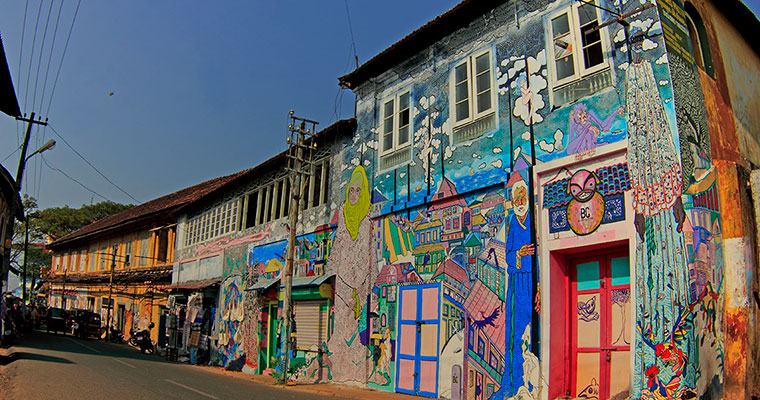
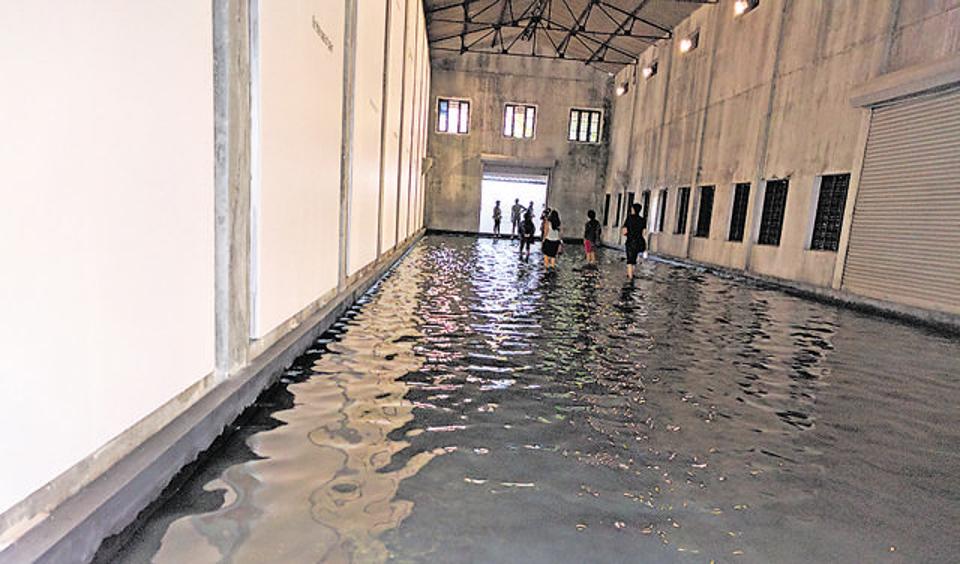
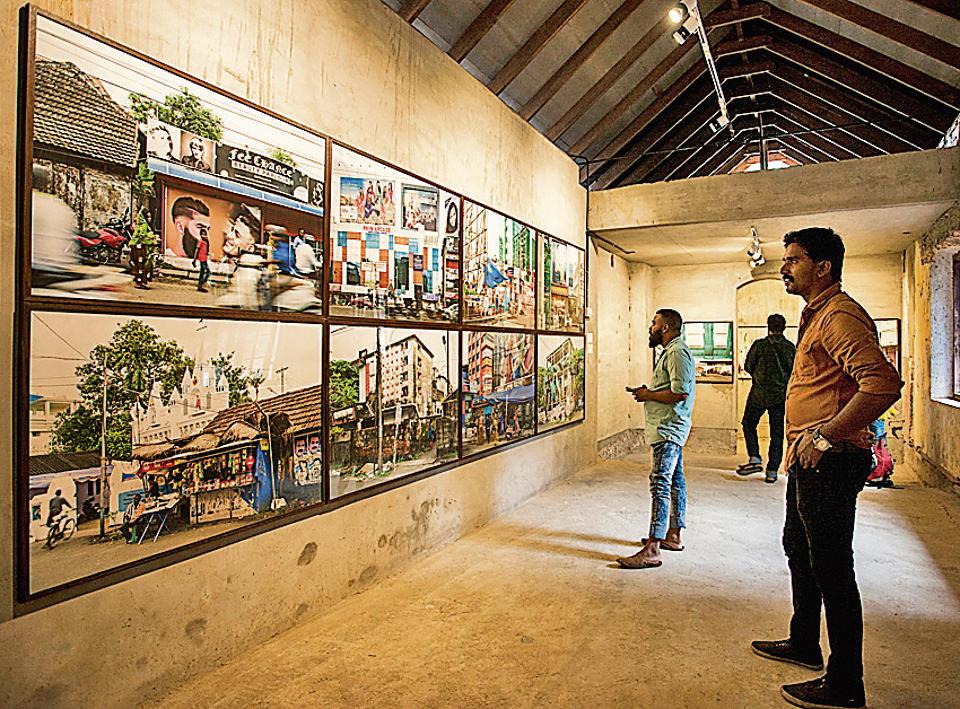
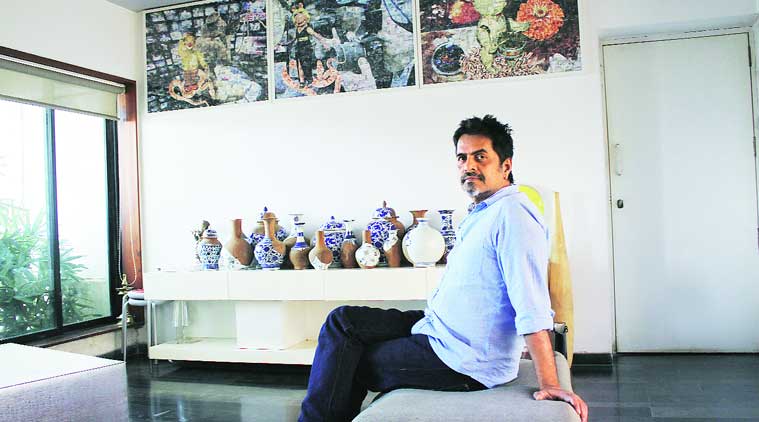
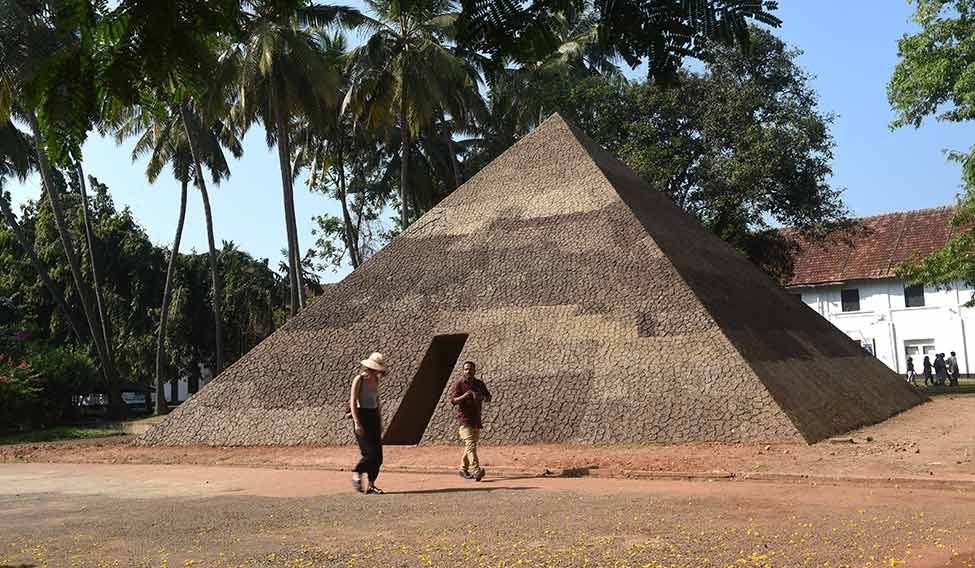
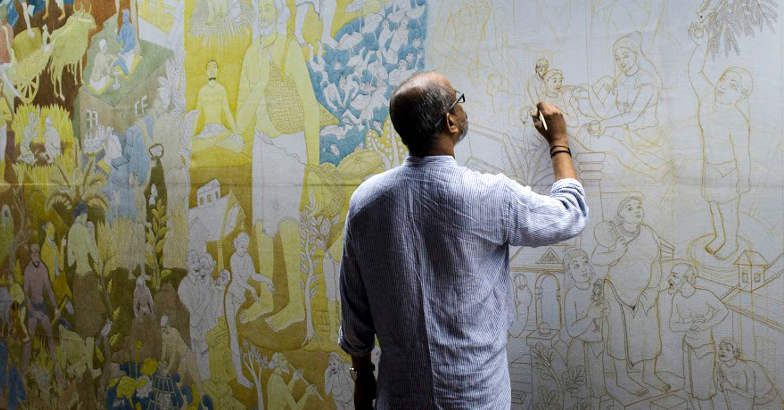
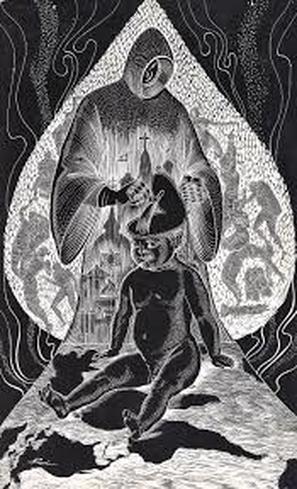
 RSS Feed
RSS Feed